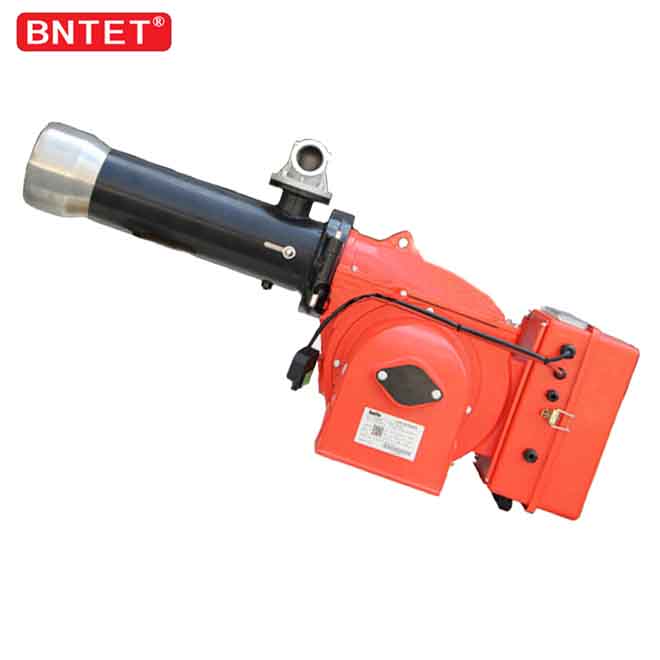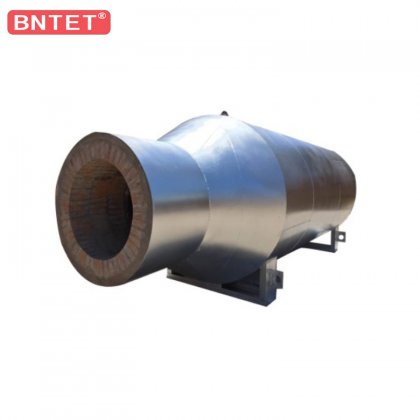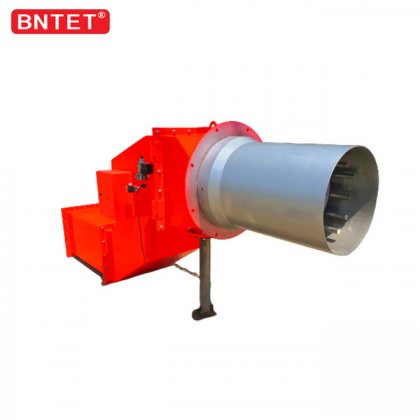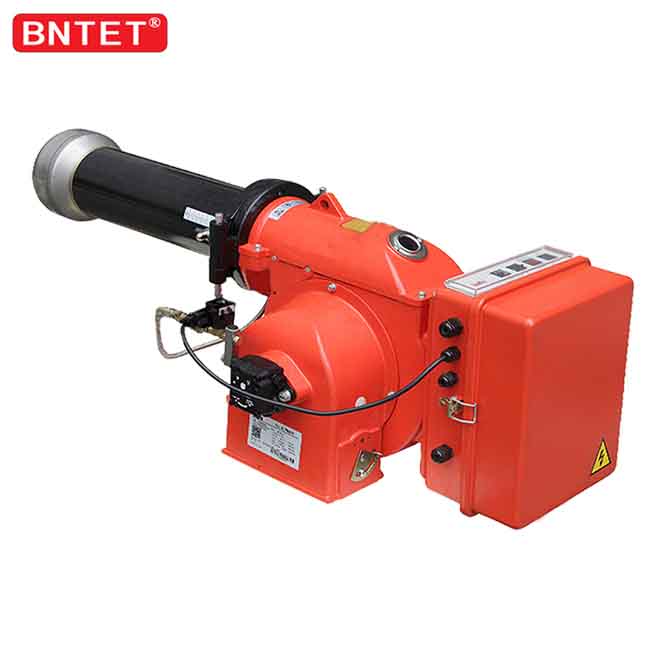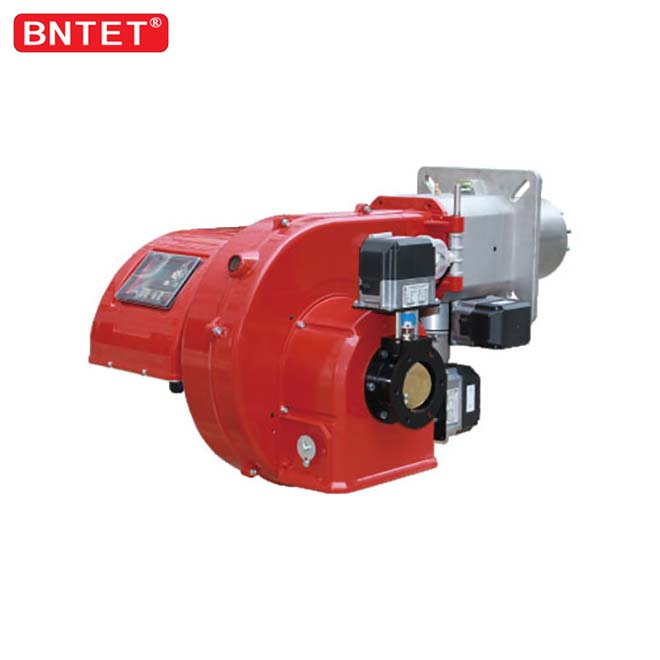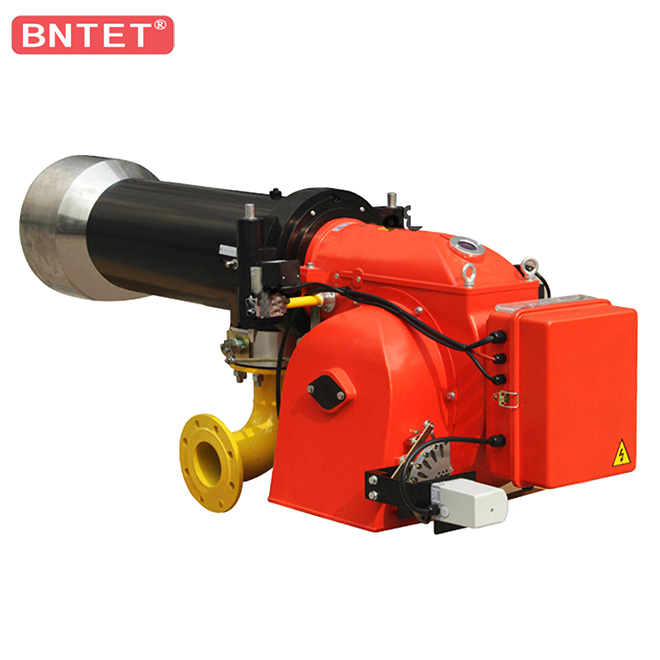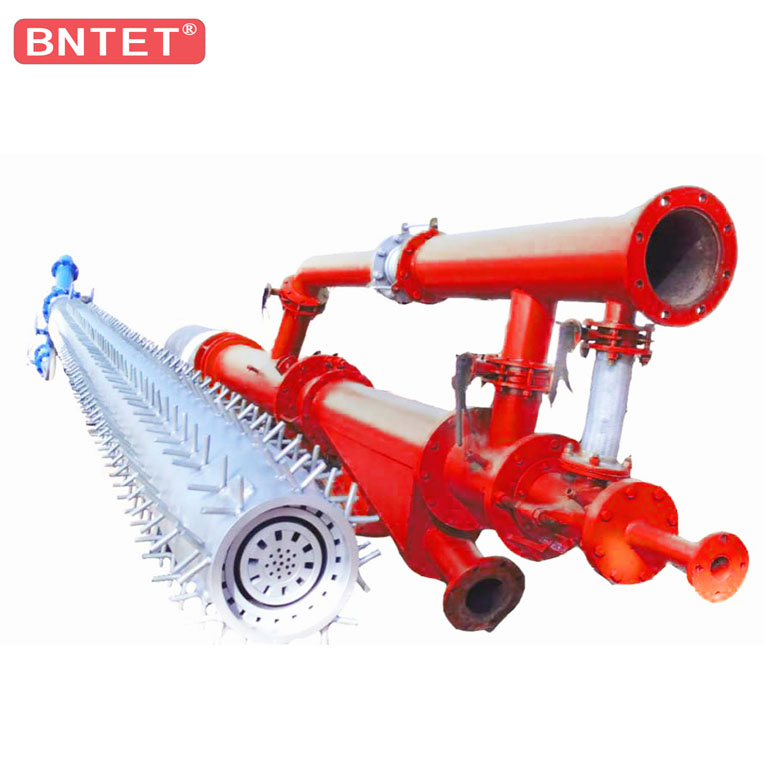
Overview of oil burners in waste incinerators
The oil burner for waste incinerator sprays oil and air into the furnace according to a certain ratio, speed and mixing method to provide the heat required when the incinerator starts/stops, and when the heat value of the waste is lower than the design heat value A device that provides the necessary auxiliary heat at the lower limit. The function of the burner is to start the ignition and stop the furnace to control the rate of furnace temperature reduction; the auxiliary combustion when the calorific value of the waste is too low to reach the specified furnace temperature; the drying of the new furnace and the refractory after repairing the furnace wall.
When the calorific value of the garbage is lower than 8500KJ/kg, the combustion air needs to be heated; when the calorific value of the garbage is lower than 7500KJ/kg, an auxiliary burner is usually set to meet the requirements of the furnace temperature reaching 850℃, and the residence time of the flue gas is not low It meets the requirements of 2S and slag heat reduction rate. When the calorific value of waste is greater than 8500KJ/kg, auxiliary burners may not be installed, and only temporary ignition burners may be installed.
The oil burner is mainly composed of an oil atomizer and an air regulator. The fuel is atomized into fine oil particles through the atomizer, sprayed into the furnace at a certain atomization angle, and mixed with the air flow with a certain shape and velocity distribution sent through the air regulator. Atomization methods such as compressed air, steam or mechanical centrifugal force are often used. The cooperation of the oil atomizer and the air regulator should enable most of the air required for combustion to be supplied from the root of the torch in time, and the air distribution volume at various places of the torch should be adapted to the flow density distribution of the oil mist. At the same time, a certain amount of air must be supplied to the tail of the torch to ensure the burning of carbon black and coke particles.
The burners for waste incinerators mostly use low-pressure air atomizing nozzles, with an air flow rate of about 80m/s and a pressure head of 2~3KPa; light diesel fuel is used, and gas fuels such as liquefied petroleum gas and natural gas can also be used.
